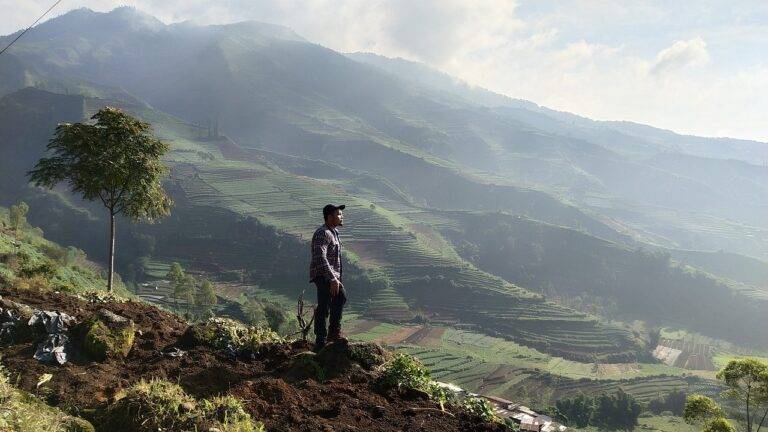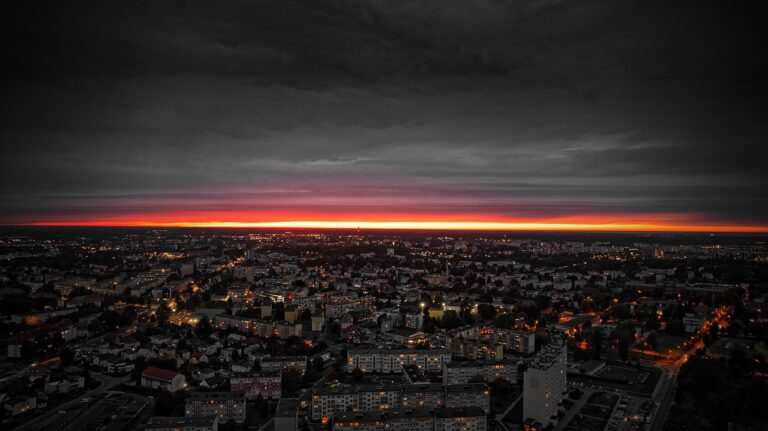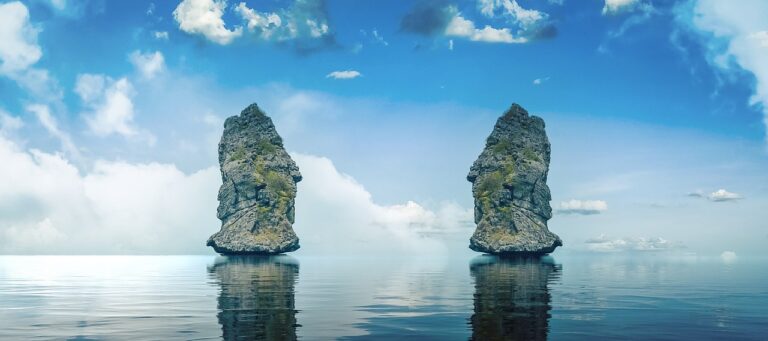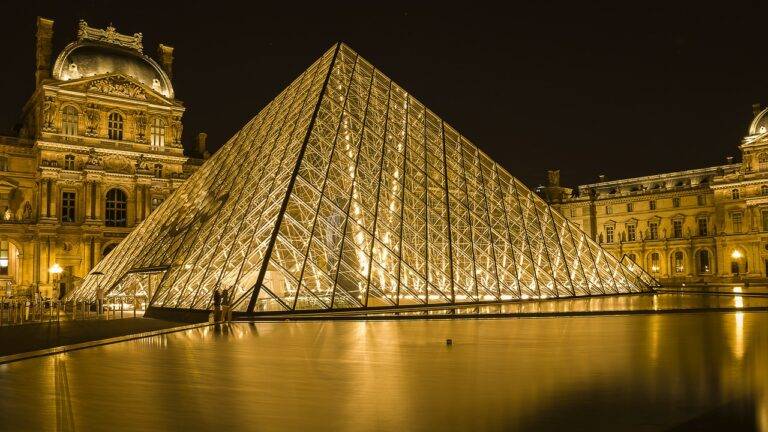Adventure Travel Photography Tips: Capturing the Thrill of the Moment
Cameras with weather-sealed bodies and lenses are crucial for adventure travel photography. They can withstand the elements, ensuring your gear stays protected during all kinds of outdoor conditions. Consider investing in a sturdy tripod to capture stable and sharp images, especially in low light or when shooting long exposures.
A versatile lens with a wide focal range, like a 24-70mm zoom lens, is a must-have for adventure travel photography. It allows you to adapt quickly to different shooting scenarios without constantly changing lenses. Additionally, pack extra batteries and memory cards to avoid running out of power or storage space while on the go.
Understanding Light and Composition in Outdoor Settings
When capturing outdoor scenes, light plays a pivotal role in setting the mood of your photographs. The position of the sun in the sky dictates the direction and quality of light, influencing the contrast and shadows in your images. In the early morning and late afternoon, the golden hour provides a soft, warm light that enhances the natural beauty of the landscape, while harsh midday sun can create strong contrasts and harsh shadows.
Composition is another crucial element in outdoor photography, as it guides the viewer’s eye through the image and creates visual interest. The rule of thirds is a classic composition technique where you divide the frame into a grid of nine equal sections and align key elements along the gridlines. Additionally, incorporating leading lines, such as paths or rivers, can draw the viewer’s gaze into the photo and add depth to the composition. By understanding how light and composition work together, you can elevate your outdoor photography to new levels of artistic expression.
What type of equipment is essential for adventure travel photography?
Essential equipment for adventure travel photography includes a DSLR or mirrorless camera, a variety of lenses (wide angle, telephoto, and macro), a sturdy tripod, lens filters, and a camera bag to protect your gear.
How can I make the most of natural light in outdoor settings?
To make the most of natural light in outdoor settings, pay attention to the direction and quality of light. Consider shooting during the golden hours of sunrise and sunset for soft, warm light. Use diffusers or reflectors to manipulate harsh light and create more flattering portraits.
What are some composition techniques to enhance outdoor photography?
Composition techniques to enhance outdoor photography include the rule of thirds, leading lines, framing, and using foreground elements to create depth. Experiment with different angles and perspectives to create dynamic and visually appealing images.
How can I create visually striking images in outdoor settings?
To create visually striking images in outdoor settings, focus on capturing unique perspectives and moments. Pay attention to details and patterns in the landscape, and use creative framing and composition techniques to add interest to your photos. Experiment with different lighting conditions and angles to create dramatic effects.





